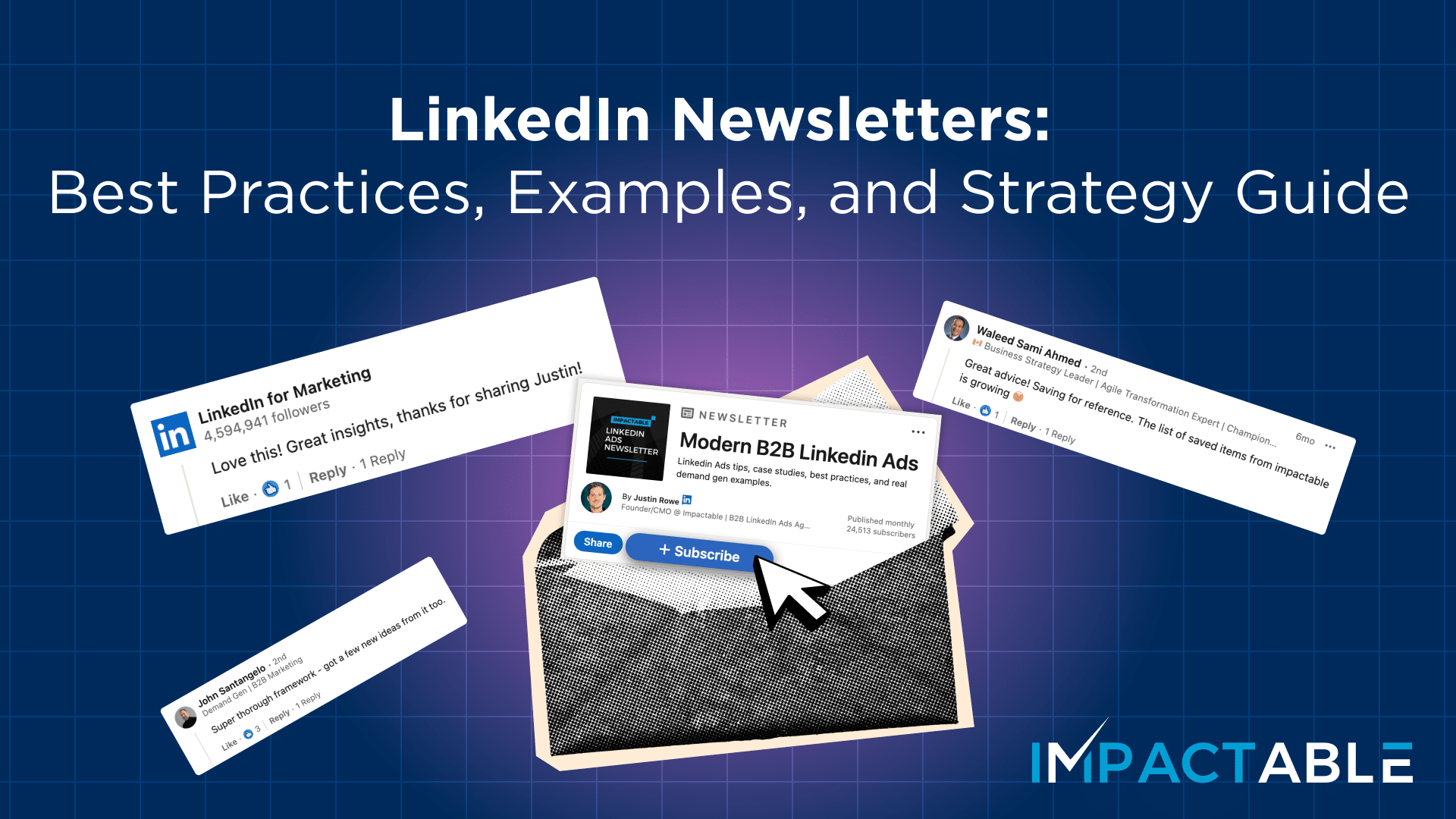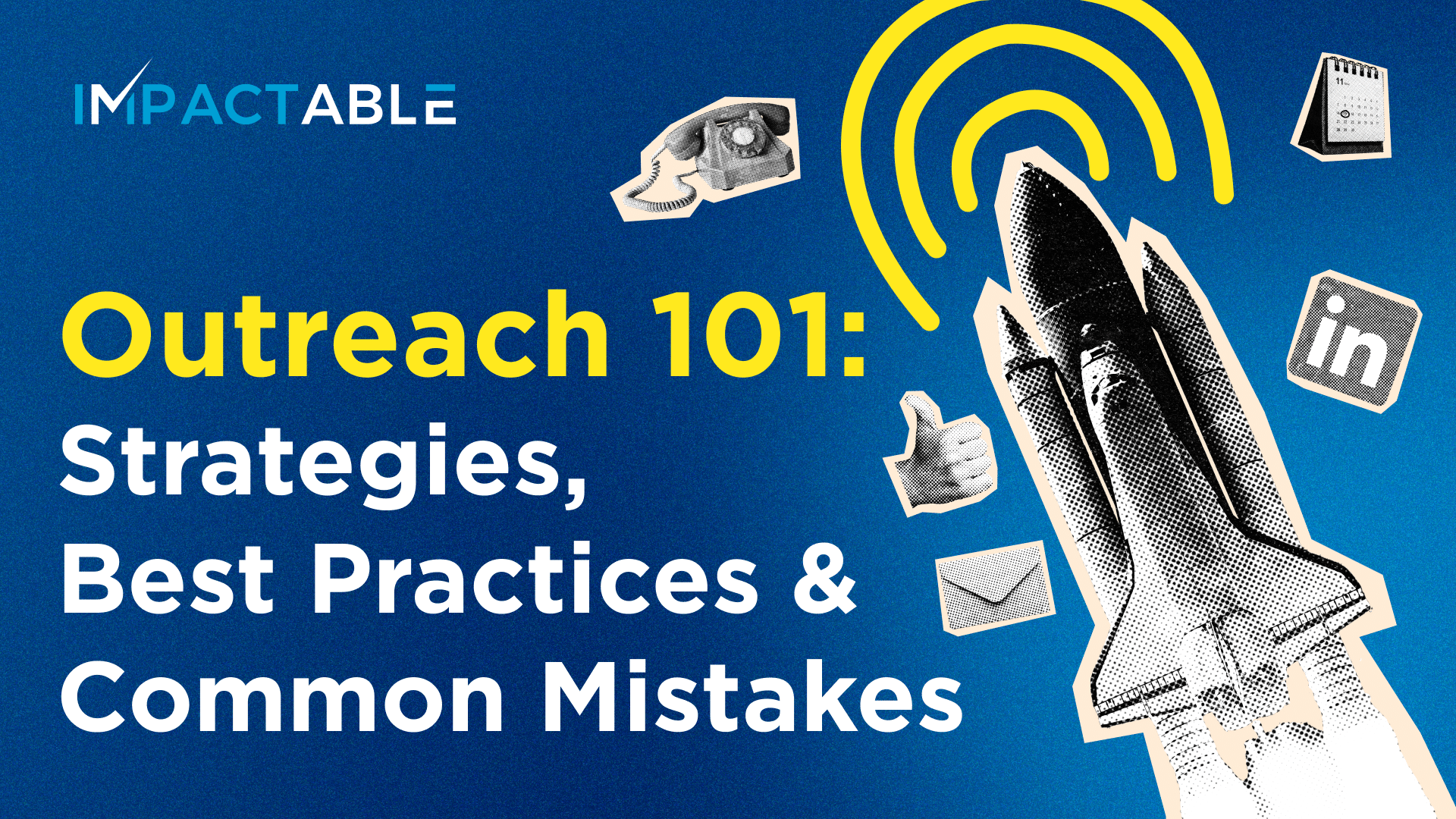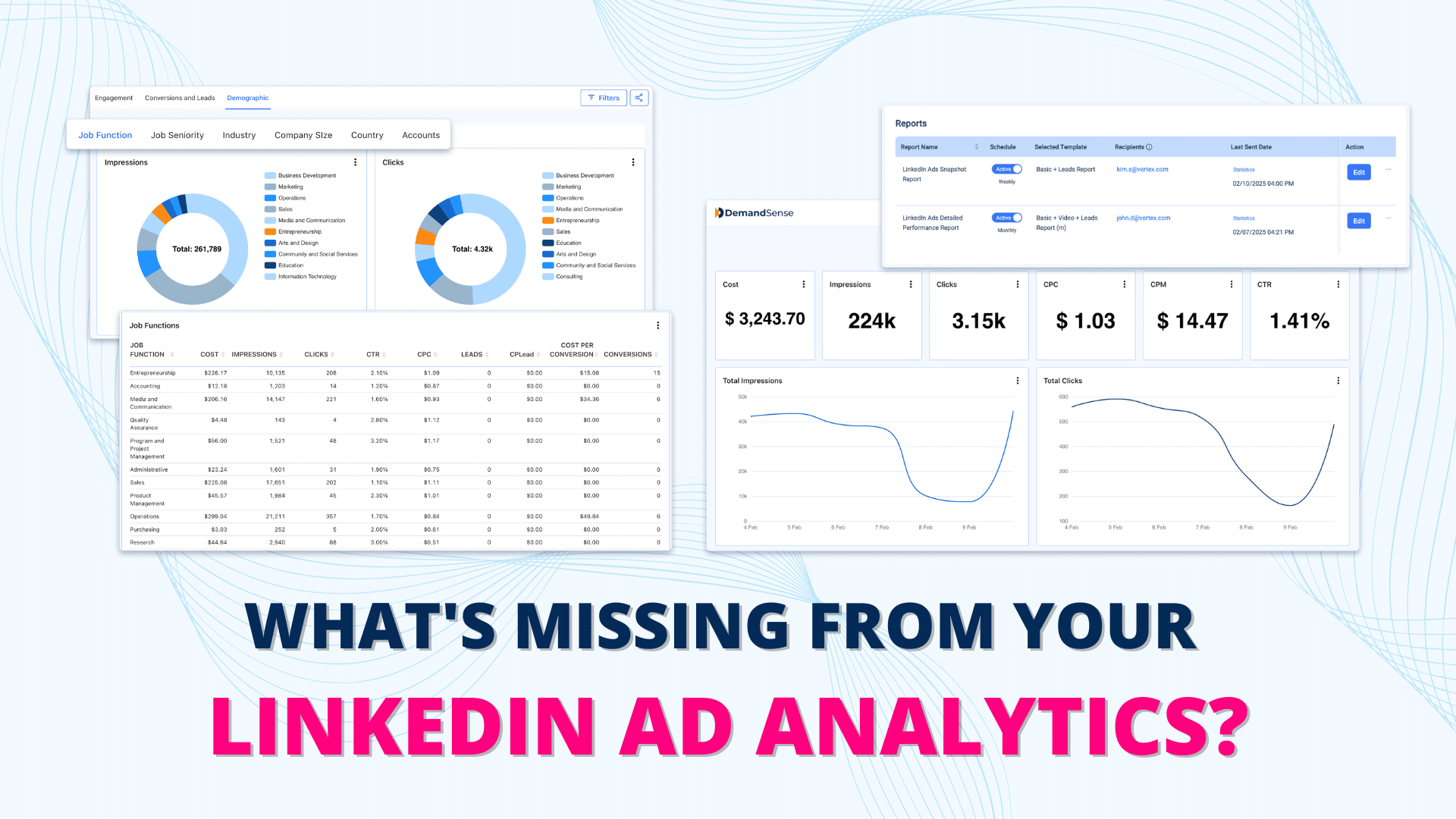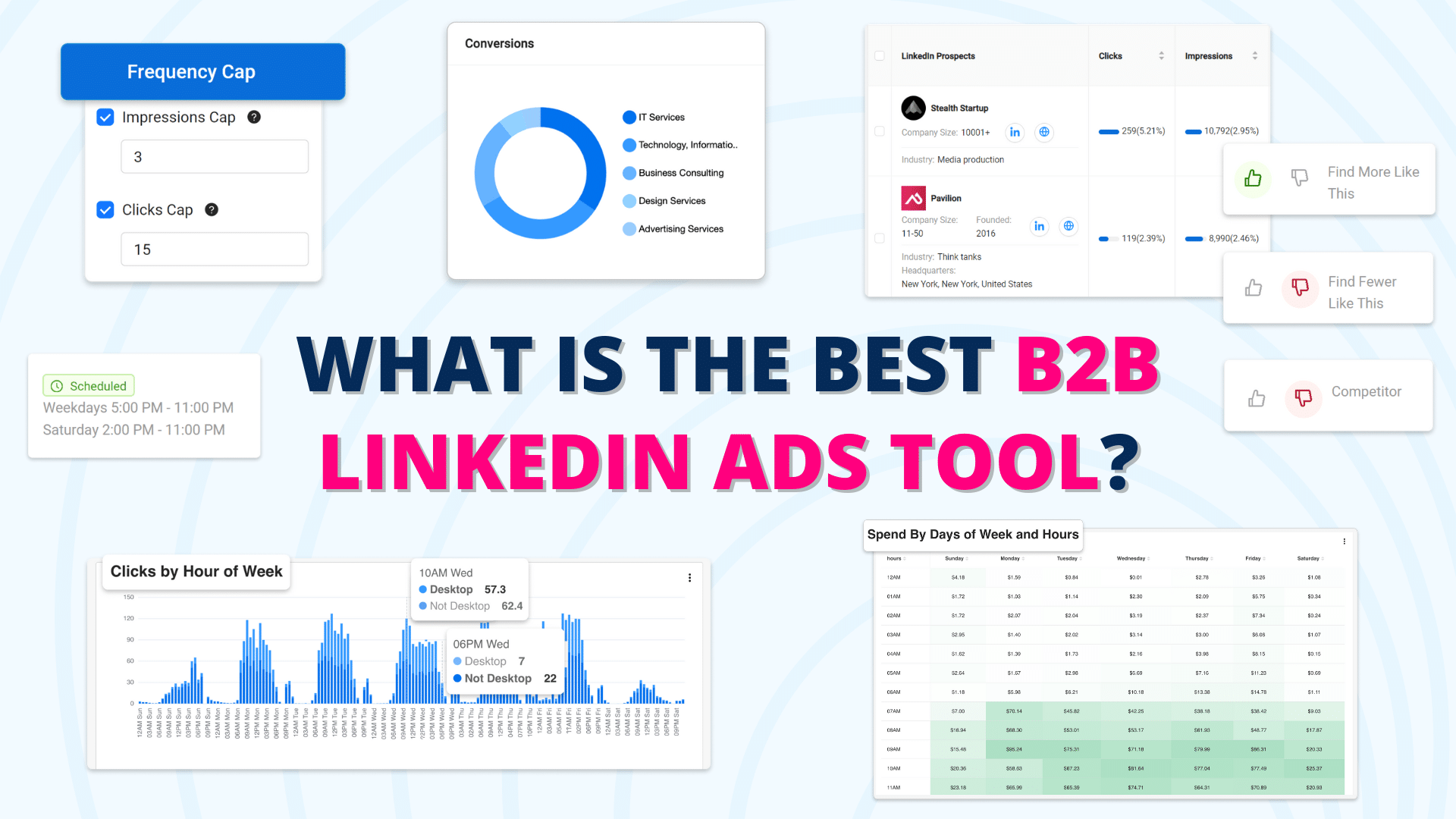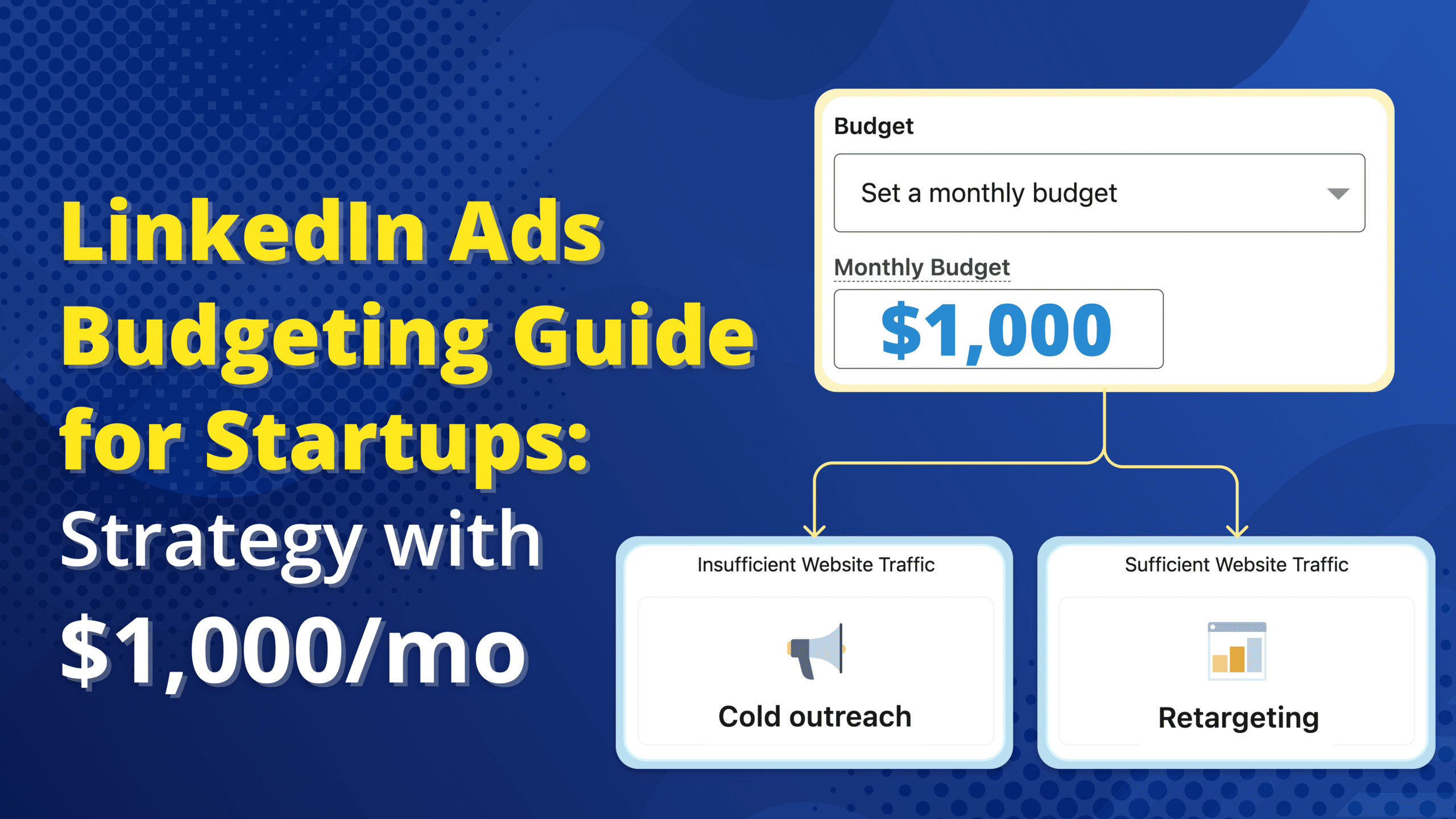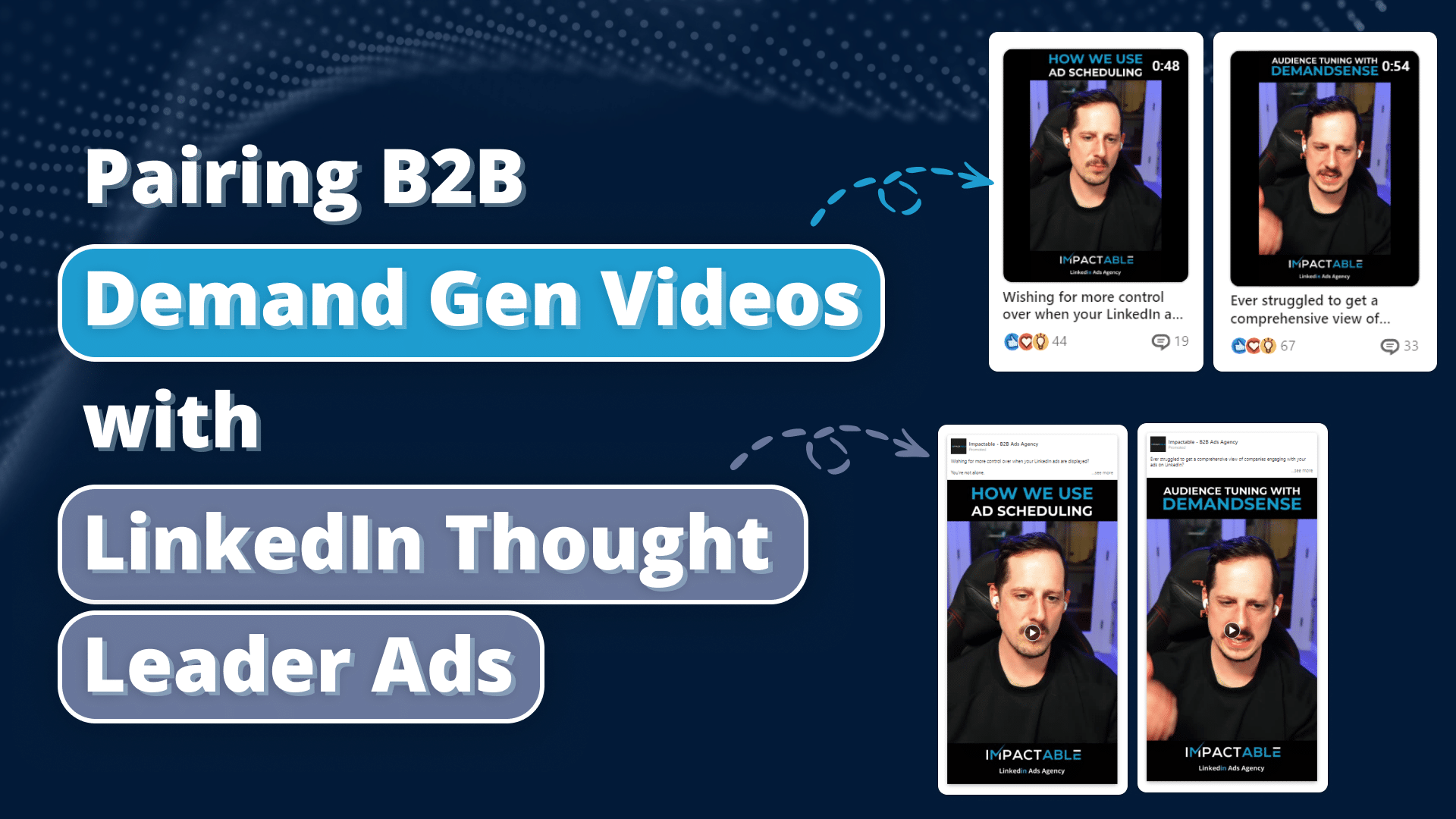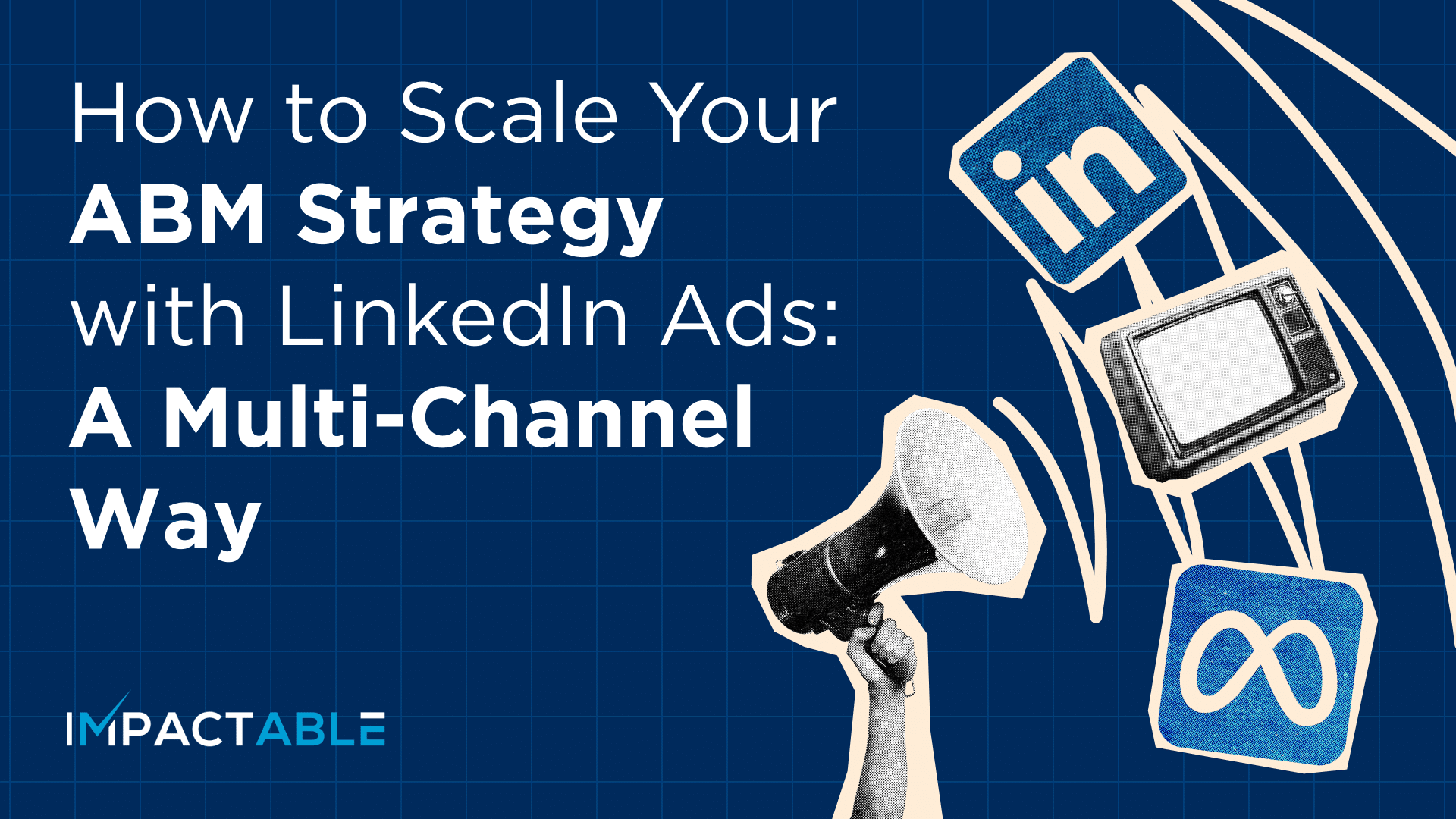LinkedIn is the best place for B2B marketers to generate leads.
The world’s largest professional network platform with 1 billion members makes it easier for businesses to connect with potential clients all over the world.
However, generating leads via LinkedIn is not simple if you don’t focus on building your company page. Let’s see how your business can make the most of LinkedIn with a strategic content calendar for B2B.
Table of contents
Why Content Calendar is Essential for LinkedIn
Consistent content creation and efficient distribution is difficult without a content calendar. A structured content calendar lets you identify your core audience and helps convey the right message to your ideal customers.
Remember, LinkedIn algorithms love consistency and a content calendar is essential to maintain it.
Steps to Build a LinkedIn Content Calendar for B2B
1. Define Your Goals
Publishing content on LinkedIn should be aligned with the end goal that you want to achieve. The goals you define will dictate the kind of content you want to create. Your LinkedIn goal can be either of these:
- Generate brand awareness
- Improve customer engagement
- Build brand loyalty
- Generate website traffic
- Lead generation
- Customer education
- Recruiting new talents
2. Establish Key Performance Indicators
Establishing KPIs helps you understand what indicator to measure for the goal you have chosen. These are real-time numbers on your LinkedIn analytics dashboard that indicate how successful your marketing goals are. The main KPIs include:
- Followers growth rate
- Impressions
- Likes, Comments, and Reposts
- Engagement rate (Engagement/Impressions)
- Followers’ demographics
- Click-through rate (for LinkedIn ads)
3. Conduct Audience Research
If you already have followers on LinkedIn, it’s an opportunity to understand your people better and find out what works and what doesn’t. If you are new to LinkedIn, analyze your competitor’s audience. It will help you strategize your LinkedIn content calendar. Here are the few main data to consider during your audience research:
- Follower metrics
- Follower demographics (Job title, Location, Industry, Company, Seniority)
- Content performance
- Discovery
- Top performing posts
4. Plan Your Content Mix
Planning what type of content to post for maximum engagement is crucial. You should balance promotional and informative content so that you provide value rather than being salesly. The content must also ensure variety and relevance. The different types of content to add to your calendar:
- Text-only posts
- Image posts
- Videos
- Carousels
- Articles
- Newsletters
- Documents
- Polls
- Webinar
5. Create a Posting Schedule
Most B2B companies post daily or at least 5 days/week to remain memorable to existing followers and to reach new audiences. Knowing the best time to post on LinkedIn will bring you a lot of engagement than randomly posting content. As a professional platform, it’s a no-brainer that engagement is generally high on weekdays. Let’s get more specific.
Monday: 9:00 AM – 12:00 PM
At the beginning of the week, the engagement starts early as people catch up on updates. By posting between 9 AM and 12 PM you can capture the peak activity.
Tuesday: 10:00 AM – 5:00 PM
Tuesday is one of the best days of the week to post on LinkedIn because of the highest engagement. LinkedIn sees increased activity throughout the workday and it’s ideal for reaching a wide audience.
Wednesday: 10:00 AM – 12:00 PM & 2:00 PM and 4:00 PM
Posting on Wednesday works best from midmorning to midafternoon. This time ensures your post receives the maximum impressions that it deserves.
Thursday: 10:00 AM – 12:00 PM
Thursday has high engagement from 10 AM to 12 PM. Posting at this time not only captures the peak time but also leverages consistent user activity for better engagement.
Friday: 9:00 AM – 3:00 PM
Fridays are similar to Mondays with peak engagement hours. People are more likely to actively engage before winding down for the weekend and catch up on the end-of-week activity.
Saturday: 10:00 PM – 3:00 PM
Engagement on Saturdays is lower than on weekdays. However, posting around this time can capture light engagement, especially among people who want to catch up on LinkedIn outside on weekdays.
Sunday: 8:00 AM – 10:00 AM & 2:00 PM – 4:00 PM
Similar to Saturdays, Sundays might bring you reduced engagement. However, early morning and late afternoon should be your go-to time for posting on Sundays.
6. Automate Posting
Knowing the best time to post on LinkedIn is one thing; consistently posting at that time is another. Automating your publishing in advance can not only free up hours per week but also keep you on track on busy days. Below are some tools that allow you to schedule and publish LinkedIn posts.
- Highperformr (Free & Paid)
- Hootsuite (Paid)
- Sprout Social (Paid)
- Buffer (Free & Paid)
- Sendible (Paid)
7. Repurpose Your LinkedIn Content
A tactic most businesses forget is to repurpose their content. This can help your content reach a wider audience and extend its lifespan. An expert interview video or a webinar can be clipped to smaller videos to produce multiple content. By utilizing tools that allow you to edit and download your LinkedIn videos, you can easily repurpose them across various platforms to maximize their impact.
To Wrap Up
Regularly posting content on your company page can lead to unimaginable outcomes as the potential of this platform is vast. A strategic LinkedIn content calendar and efficient systems are crucial to take advantage of LinkedIn for B2B businesses.
LinkedIn also offers an excellent opportunity to deliver your thoughts and influence your industry. This not only allows you to generate leads but also transforms your brand into a thought leader while building trust with your customers. Go ahead and get the best out of LinkedIn.
 Written by Ajay Prem
Written by Ajay Prem



